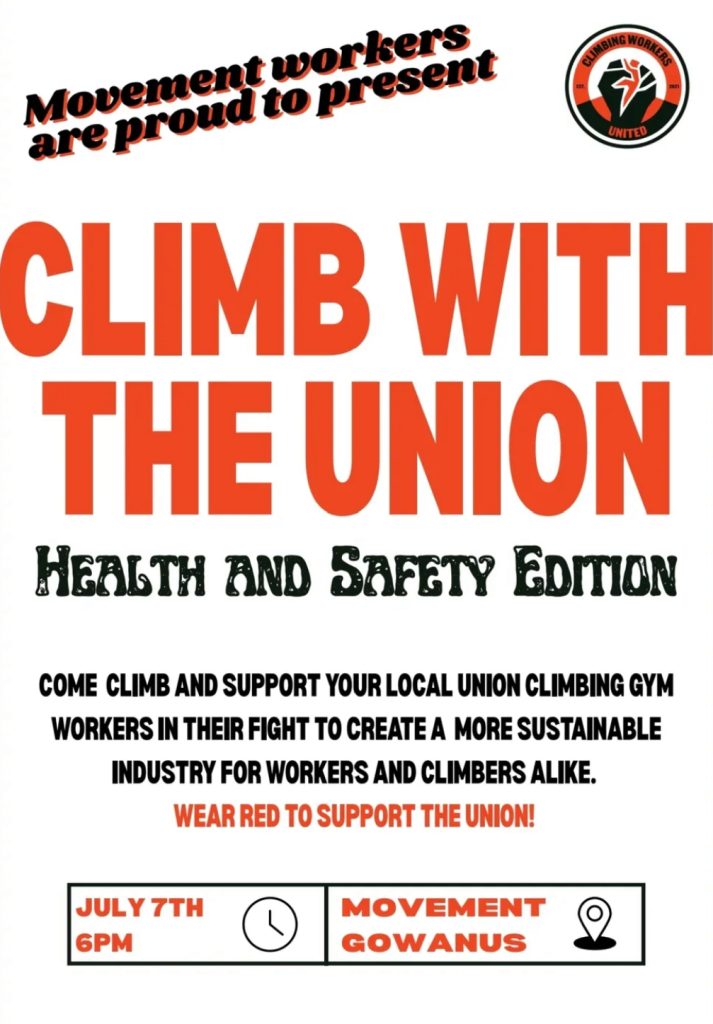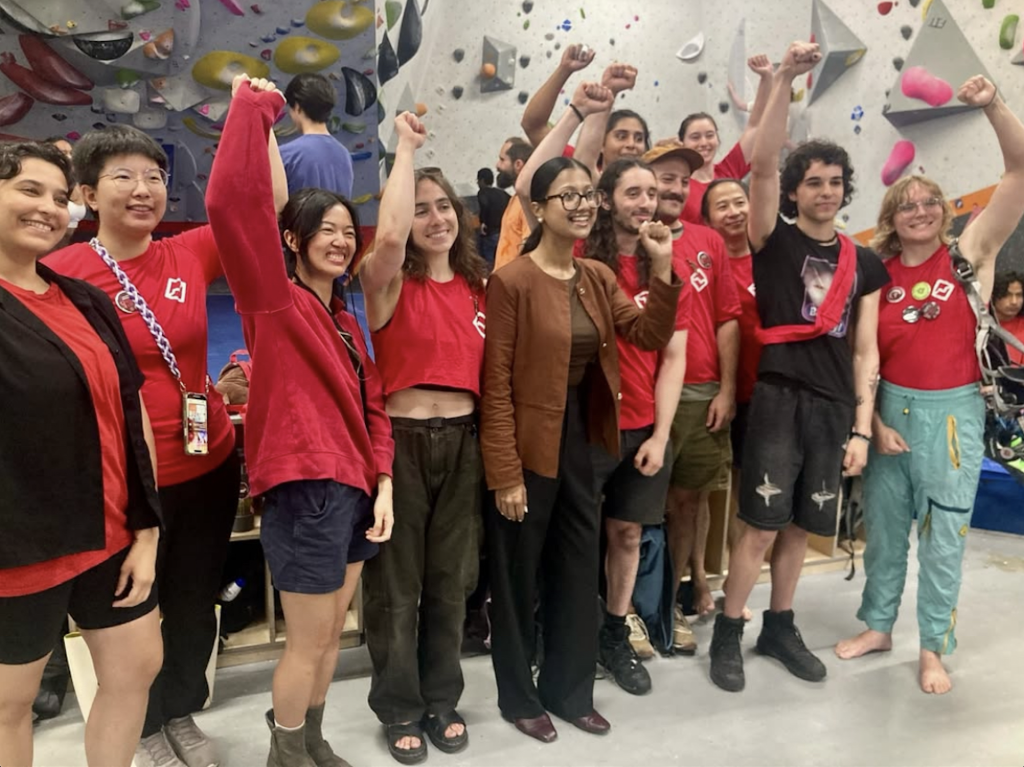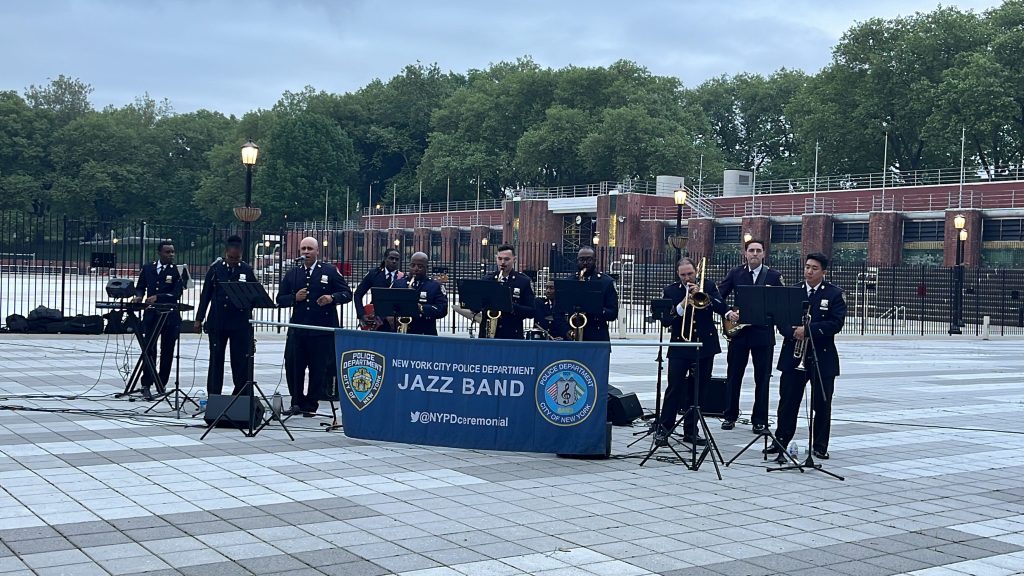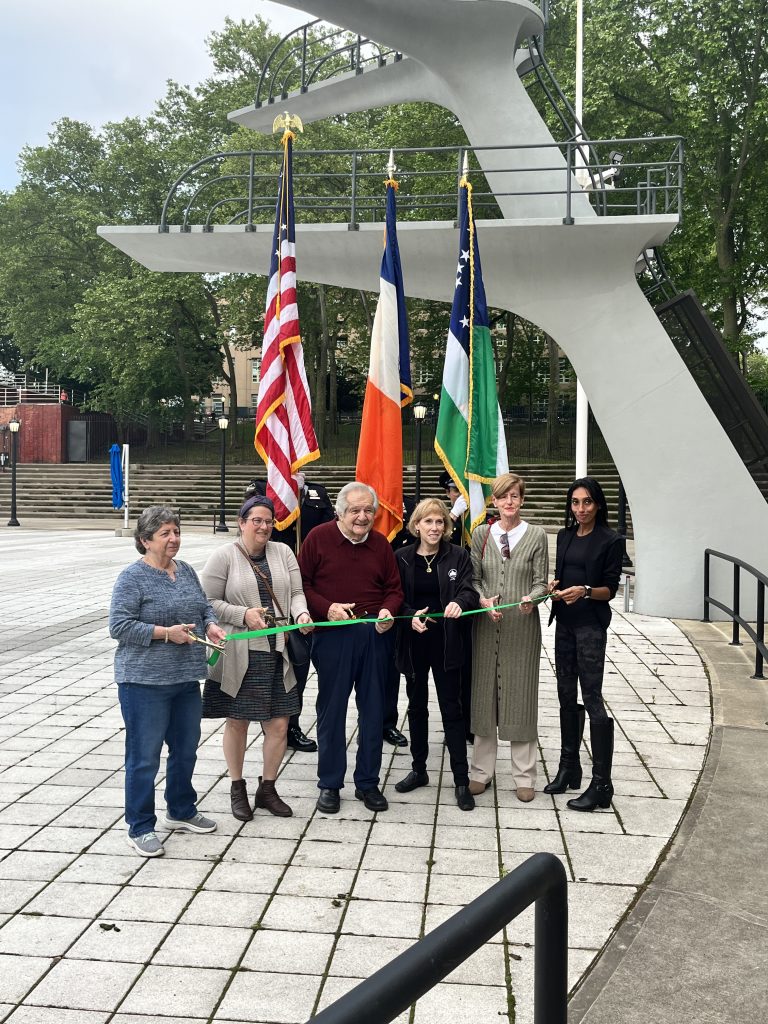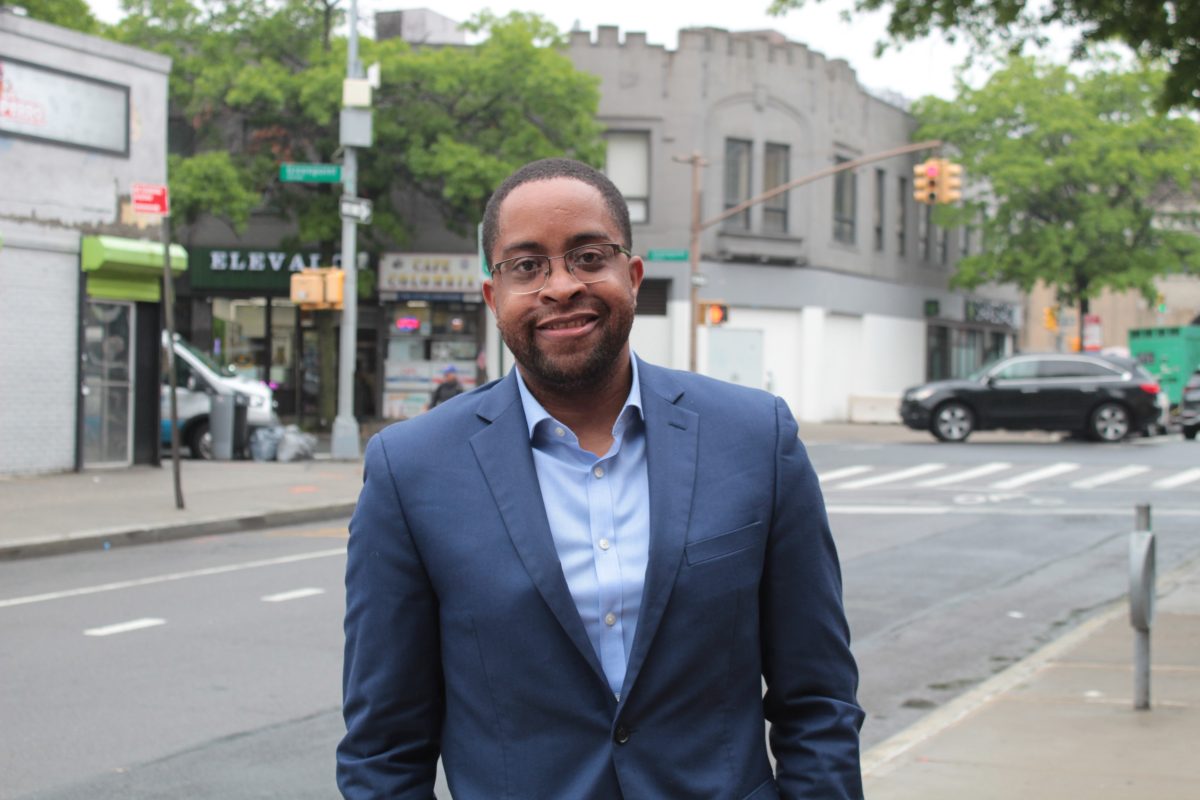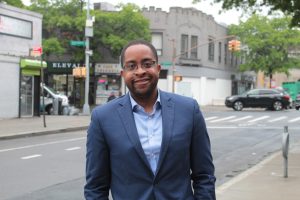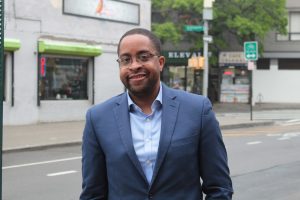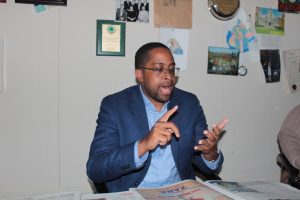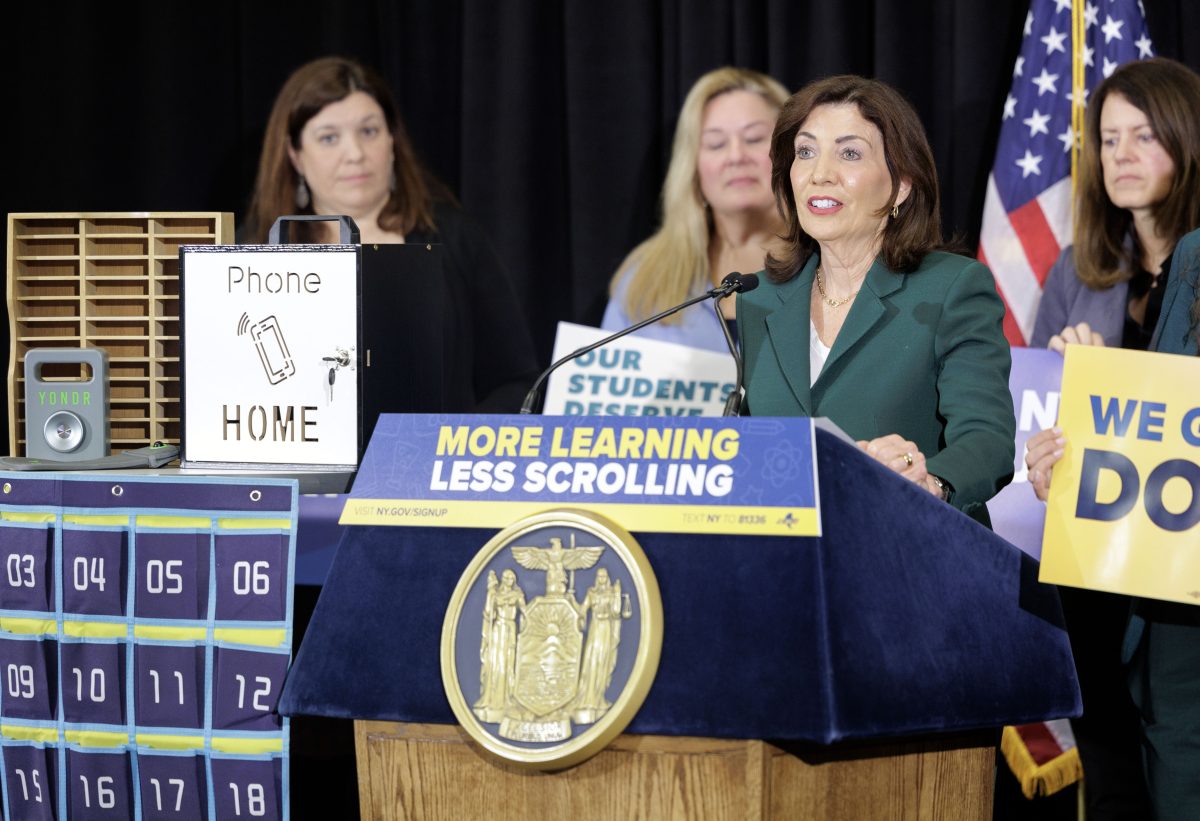Andrew Sokolof Díaz Honored for Tenant Rights Activism
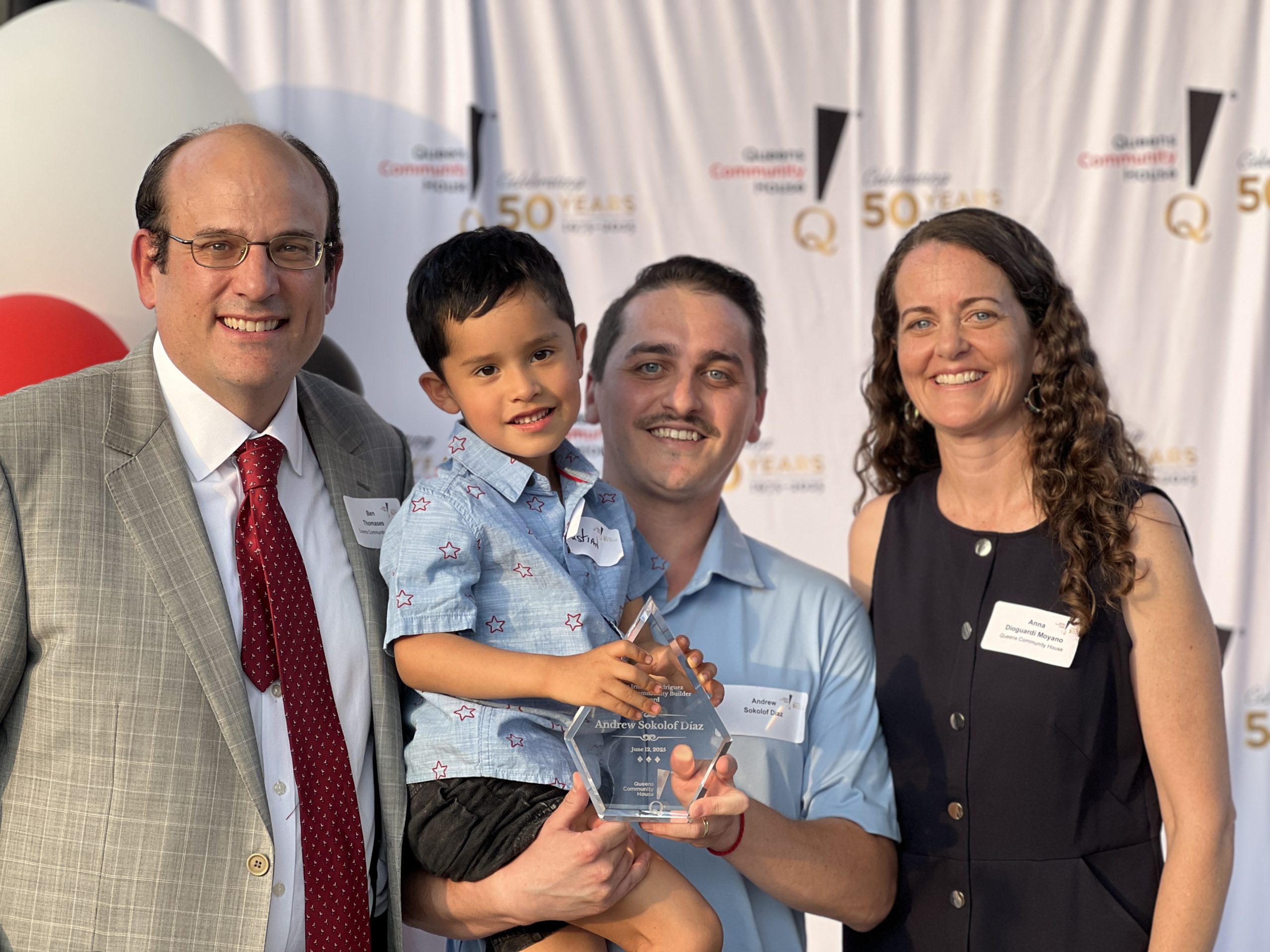
MOHAMED FARGHALY
mfarghaly@queensledger.com
Andrew Sokolof Díaz, a lifelong Jackson Heights resident and dedicated community advocate, was presented the Irma E. Rodriguez Queens Community Builder Award on June 12, 2025, in recognition of his persistent efforts to unite neighbors and safeguard affordable housing in Queens.
The award, established in 2013 by Queens Community House (QCH), honors Queens residents who embody humility, tenacity, kindness, courage, compassion, and collaboration—qualities that the late community leader Irma E. Rodriguez championed throughout her life. The annual Celebrating Local Heroes event also recognized Queens Borough President Donovan Richards Jr. for his leadership in advancing community values amid challenging times.
Sokolof Díaz’s commitment to tenant rights and community resilience has been unwavering. Born, raised, and now raising his family in Jackson Heights, he co-founded the 89th Street Tenants Unidos Association with his wife Jacqueline in 2017. This grassroots group played a critical role in preserving 133 units of deeply affordable housing, protecting longtime residents from displacement in an increasingly gentrified neighborhood.
“I’m a Queens kid. I was born here in Jackson Heights. I’m still here in Jackson Heights. I’m raising my son here with my wife at our building that we return to where we run the tenants Association,” Sokolof Díaz said.
His activism gained new urgency during the COVID-19 pandemic, when many tenants faced job losses and food insecurity. Sokolof Díaz organized a food mutual aid network within his largely Latino immigrant building and helped lead a successful rent strike. “The pandemic, people had no food, literally. So we had to bring food every week from wherever we could for months,” he recalled.
In April 2021, an eight-alarm fire devastated several rent-stabilized buildings in Jackson Heights, displacing over 500 residents. The fire, sparked by an electrical fault in a senior’s apartment, led to months of uncertainty and threats of demolition. Sokolof Díaz and fellow tenant leaders mobilized legal aid, local nonprofits, and elected officials, including a high-profile press conference with Rep. Alexandria Ocasio-Cortez, to demand humane treatment and long-term housing solutions.
“We were able to save the buildings overall, which is another big feat for us. It’s 132 units of really deeply affordable housing,” he said, noting that more than 90% of displaced families returned home after two years.
He credited the strength of community networks for this success. “There’s a lot of community support in Jackson Heights, the restaurants and the people that like brought us thanksgiving meals when people were still living in hotels with their children. That made it humane,” Sokolof Díaz said.
His advocacy extends beyond his immediate neighborhood. He has supported families affected by other fires in the Bronx and Sunnyside and is actively engaged with coalitions like FED-UP and Jackson Heights Indivisible, opposing private development on public land, including a contentious casino proposal.
Sokolof Díaz is firmly opposed to the proposed casino development in Flushing Meadows Park. Speaking from his experience as a tenant advocate, he called the casino plan “one of the most egregious, like thefts, that’s being sanctioned by all of our elected officials.” He emphasized that such projects threaten working-class communities by driving displacement and worsening affordability, saying, “I’m completely, completely opposed to any idea of a casino, let alone in this part of Queens, but in any working-class community.”
In his view, protecting tenants from displacement is inseparable from broader fights against economic and social injustice. “We’re under attack on all fronts in Queens, the working class communities, the immigrant communities here, are all under attack at all angles economically. It’s so important that we’re here, so that we’re not just like responding, but we’re able to push back,” he said.
Receiving the Irma E. Rodriguez Award was a meaningful milestone for Sokolof Díaz. “Personally? It means a lot. I’ve never been personally recognized for, for what I’ve been doing for, I guess, a decade or so now. It feels great. It feels really nice to be recognized,” he shared. Still, he emphasized the collective nature of community work: “It also shows that there’s, like so many other people out there that are, aren’t, you know, necessarily being recognized, but being elevated, so they can do the work they do.”
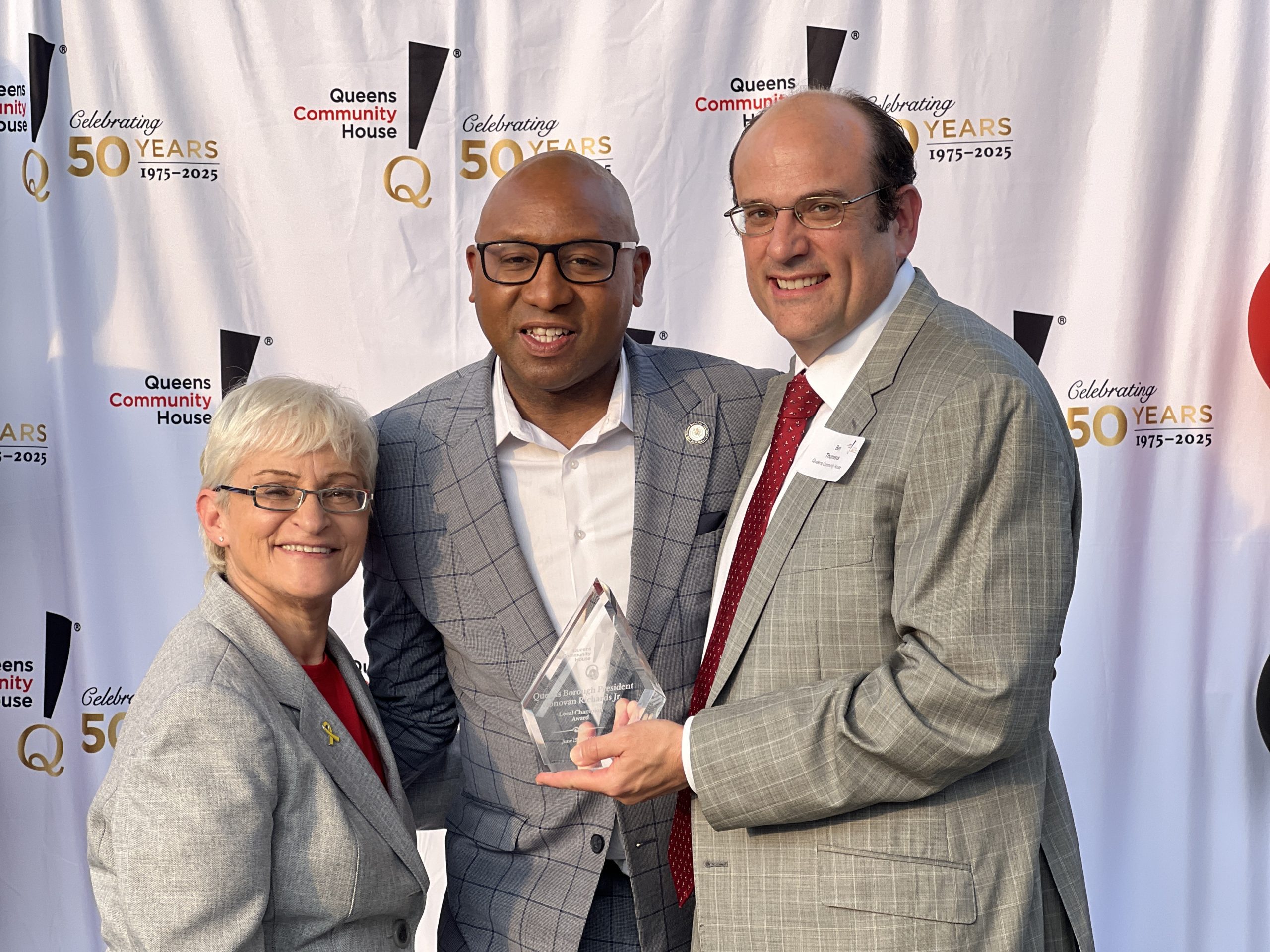
Queens Borough President Donovan Richards Jr. praised QCH’s role in fostering community during turbulent times. “What we have to do especially during this time, when we see civil rights under attack, women’s rights under attack, immigrant rights under attack, democracy under attack, we have to make sure that every community feels seen in our borough,” Richards said.
Queens Community House, celebrating its 50th anniversary this year, serves over 26,000 children, youth, adults, and older adults annually across 40 sites in 15 neighborhoods. Executive Director Ben Thomases highlighted the organization’s mission: “In a world of increasing division and social isolation, QCH remains committed to building a Queens where everyone belongs.”
When asked what advice he would offer new organizers or residents interested in tenant advocacy and mutual aid, Sokolof Díaz said simply, “Don’t hesitate. You know, just, just talk to your next door neighbor, and that’s all it takes is to just begin talking to each other. Sometimes we’re looking for heroes and others to come save us, and it’s, it’s us, you know, who, who have the answers.”
Sokolof Díaz also acknowledged the personal sacrifices involved in his activism. “I was displaced in the fire with my wife and my infant son at the time. It’s very hard for people to organize and do this when they have their own families. I just want to nod to my wife and my son, who support me and who care about these issues and obviously also suffered through this with us,” he said.












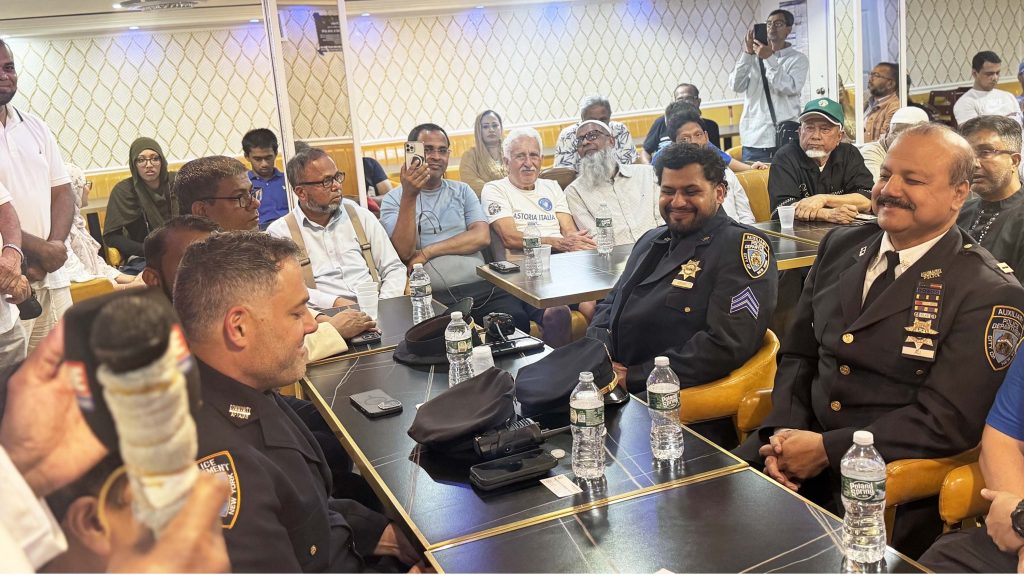
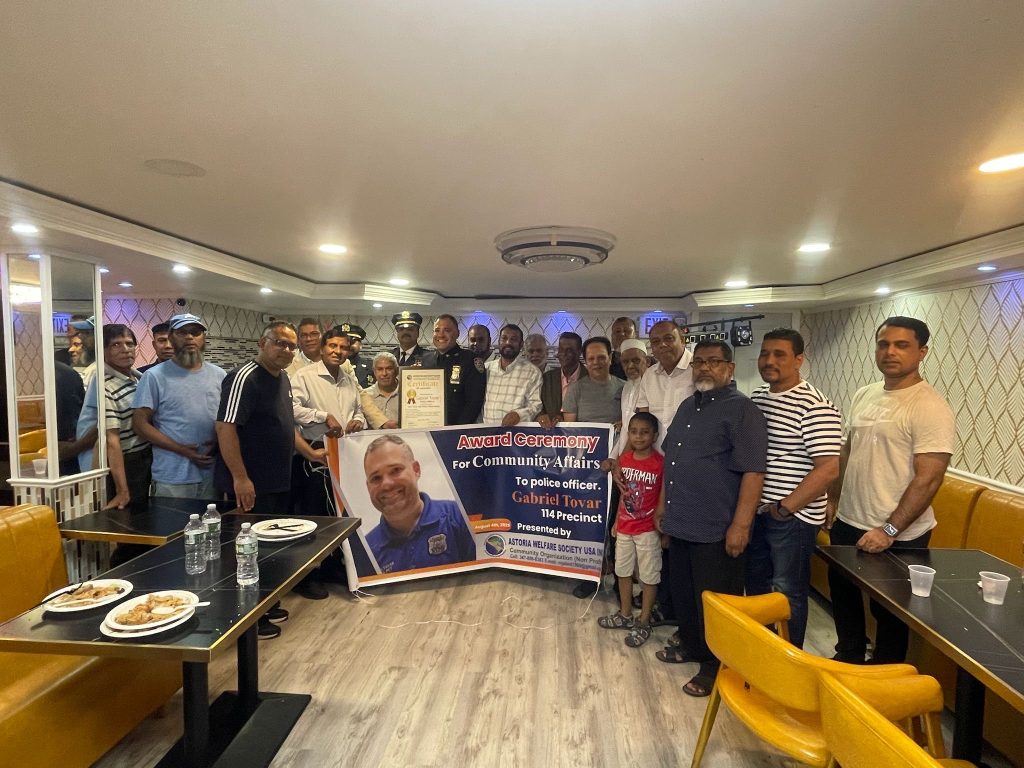
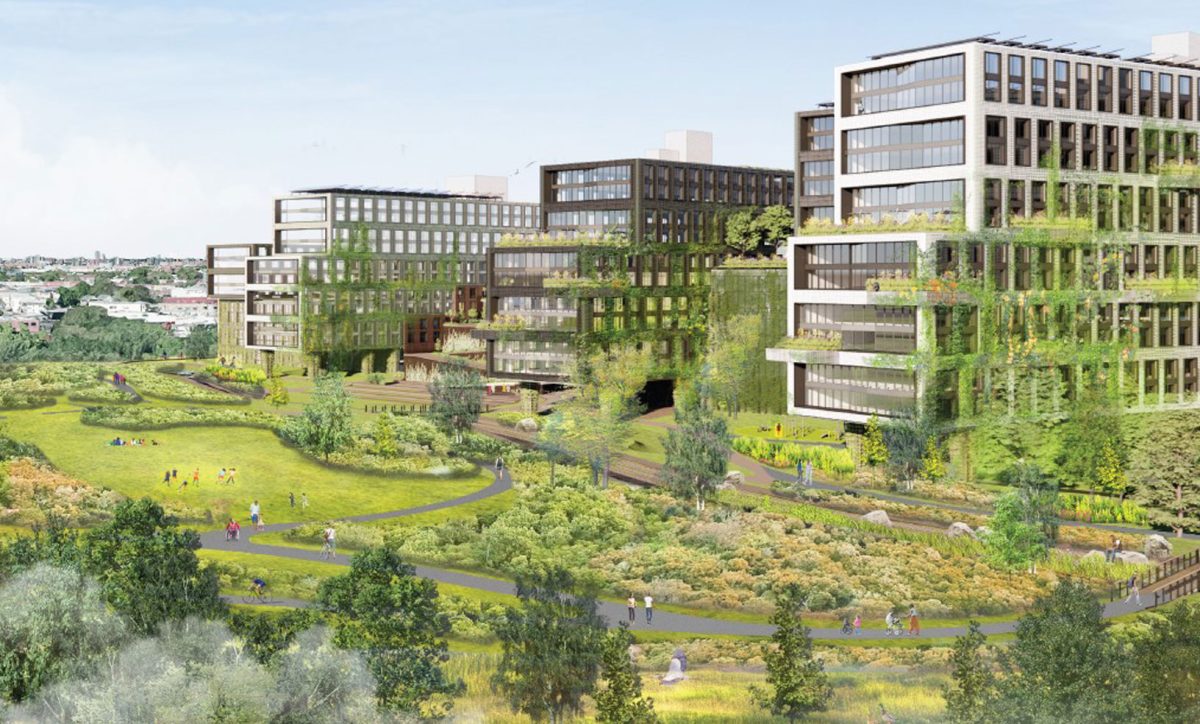
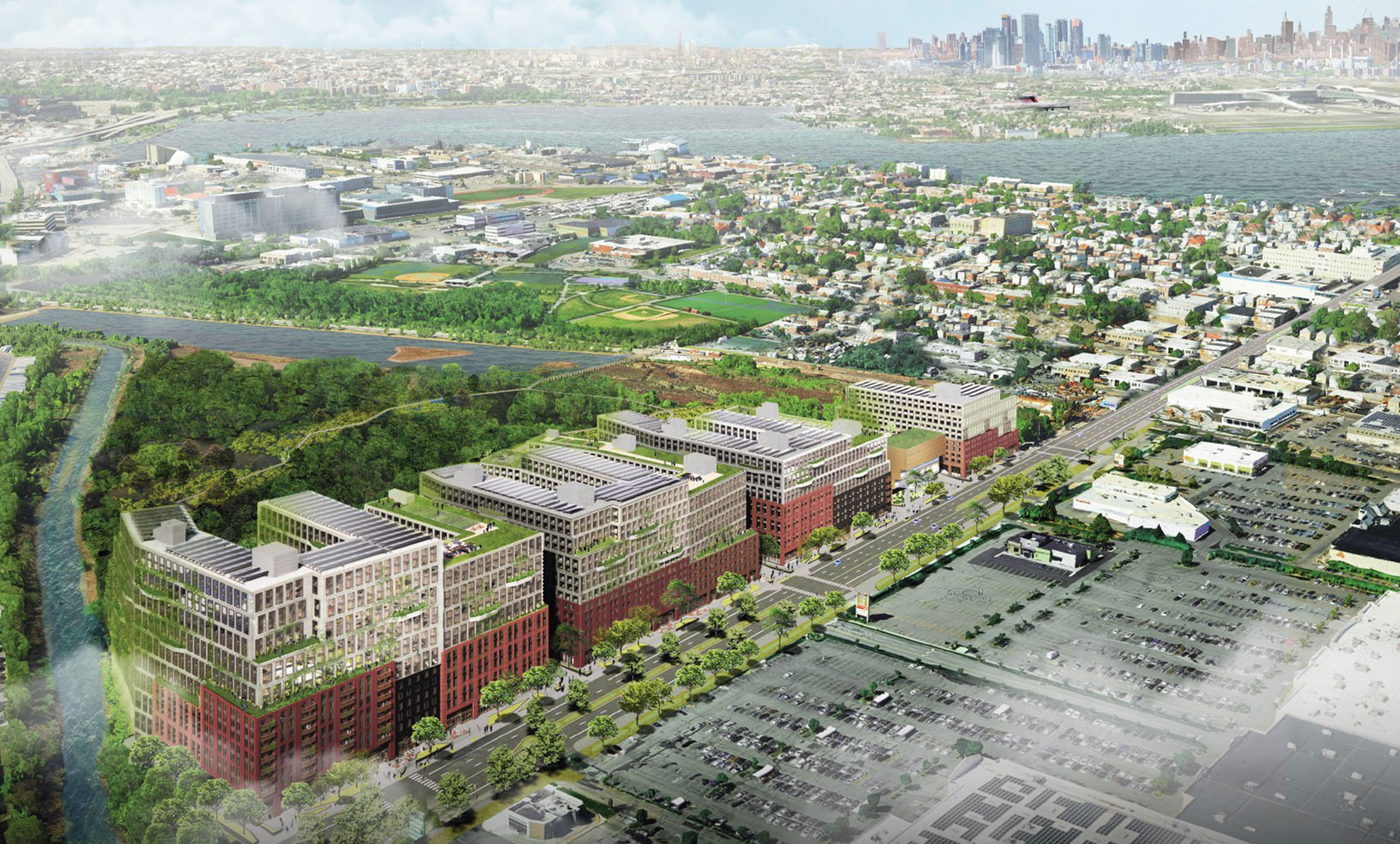
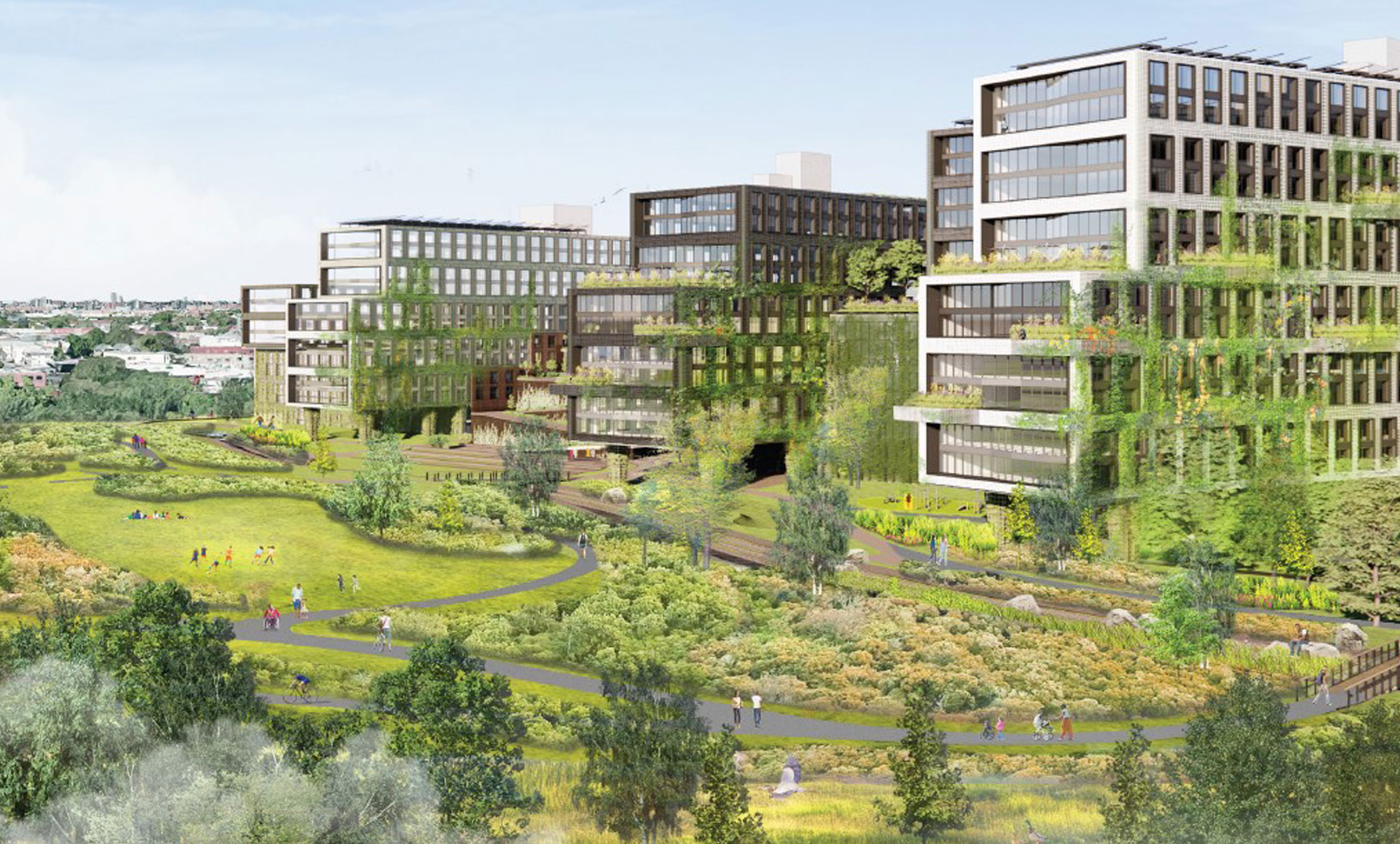
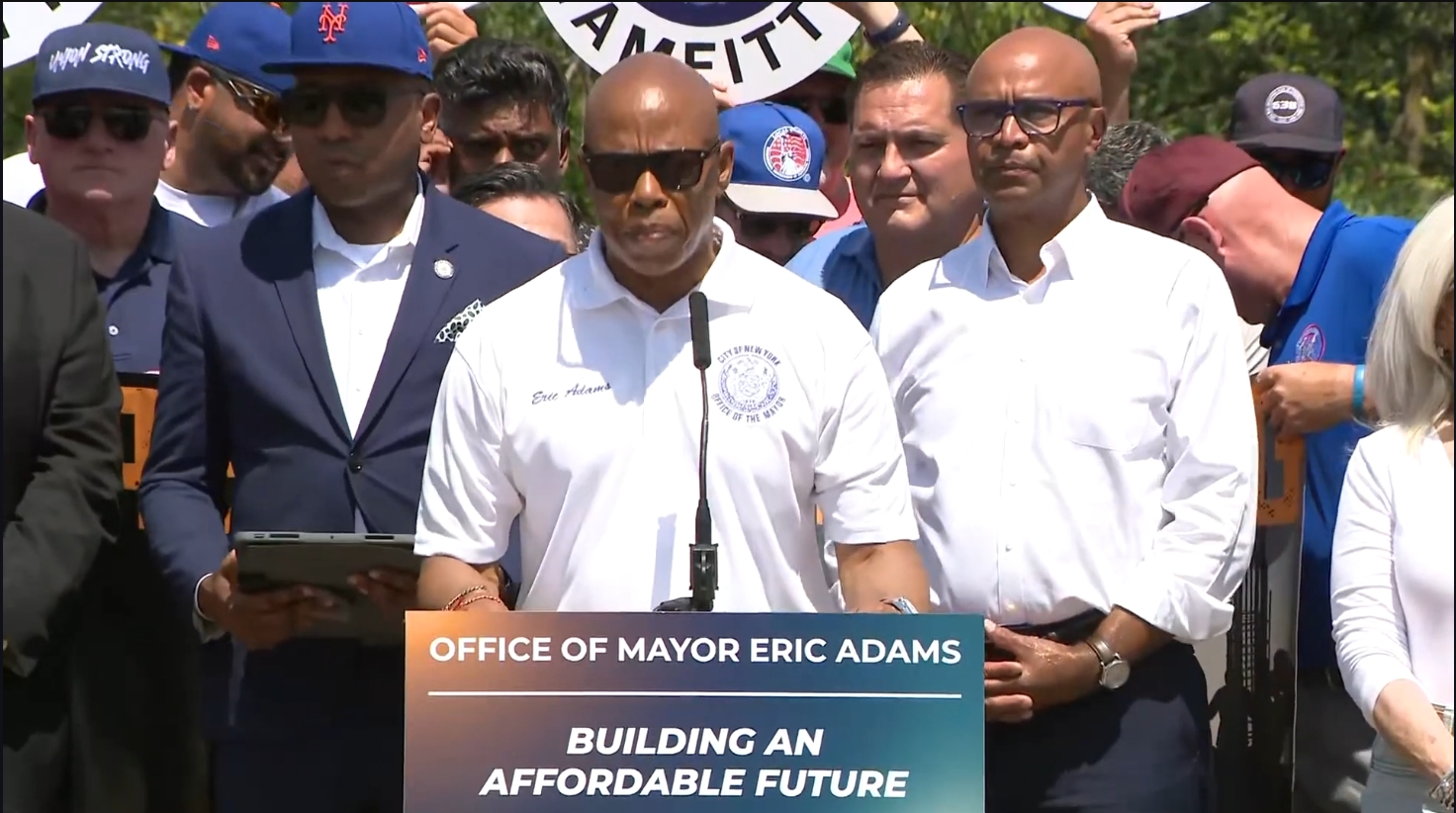

 The timing couldn’t be better: weekday Happy Hour runs a generous 1–8 p.m., and weekends bring a two‑hour bottomless brunch. Even better, the restaurant’s tapas, family‑style format invites lingering, mixing, and sharing—drinks included—for just $56 per person.
The timing couldn’t be better: weekday Happy Hour runs a generous 1–8 p.m., and weekends bring a two‑hour bottomless brunch. Even better, the restaurant’s tapas, family‑style format invites lingering, mixing, and sharing—drinks included—for just $56 per person. Food remains the heartbeat here, with a menu designed for sharing and discovery. Think bracing, lime‑kissed ceviches that snap with freshness; crispy calamari and yuca that deliver satisfying crunch; and warm tortillas ferrying grilled seafood, citrus, and herbs. The family‑style, tapas approach encourages guests to try everything—and the mix‑and‑match drinks format means each course can meet its perfect cocktail partner. Whether you’re chasing citrus with La Toronjita or letting Coconita mellow the heat, every pairing feels intentional.
Food remains the heartbeat here, with a menu designed for sharing and discovery. Think bracing, lime‑kissed ceviches that snap with freshness; crispy calamari and yuca that deliver satisfying crunch; and warm tortillas ferrying grilled seafood, citrus, and herbs. The family‑style, tapas approach encourages guests to try everything—and the mix‑and‑match drinks format means each course can meet its perfect cocktail partner. Whether you’re chasing citrus with La Toronjita or letting Coconita mellow the heat, every pairing feels intentional.

